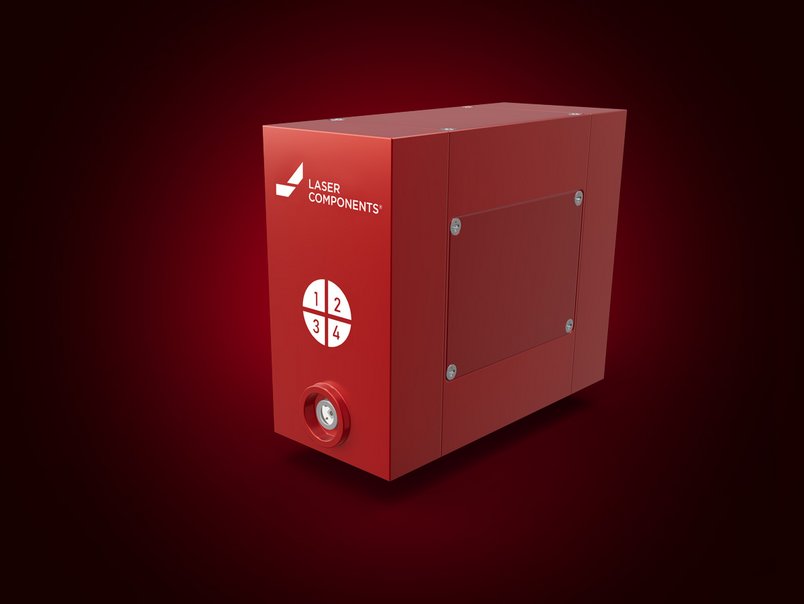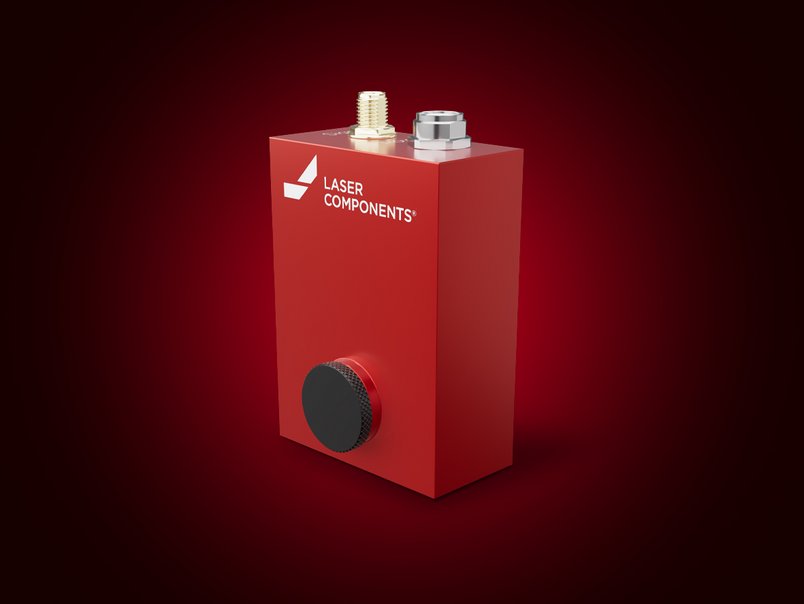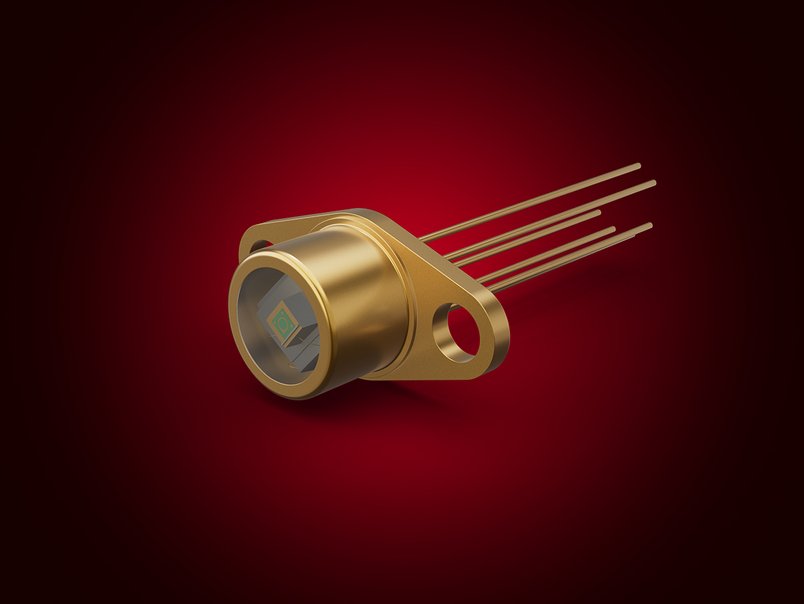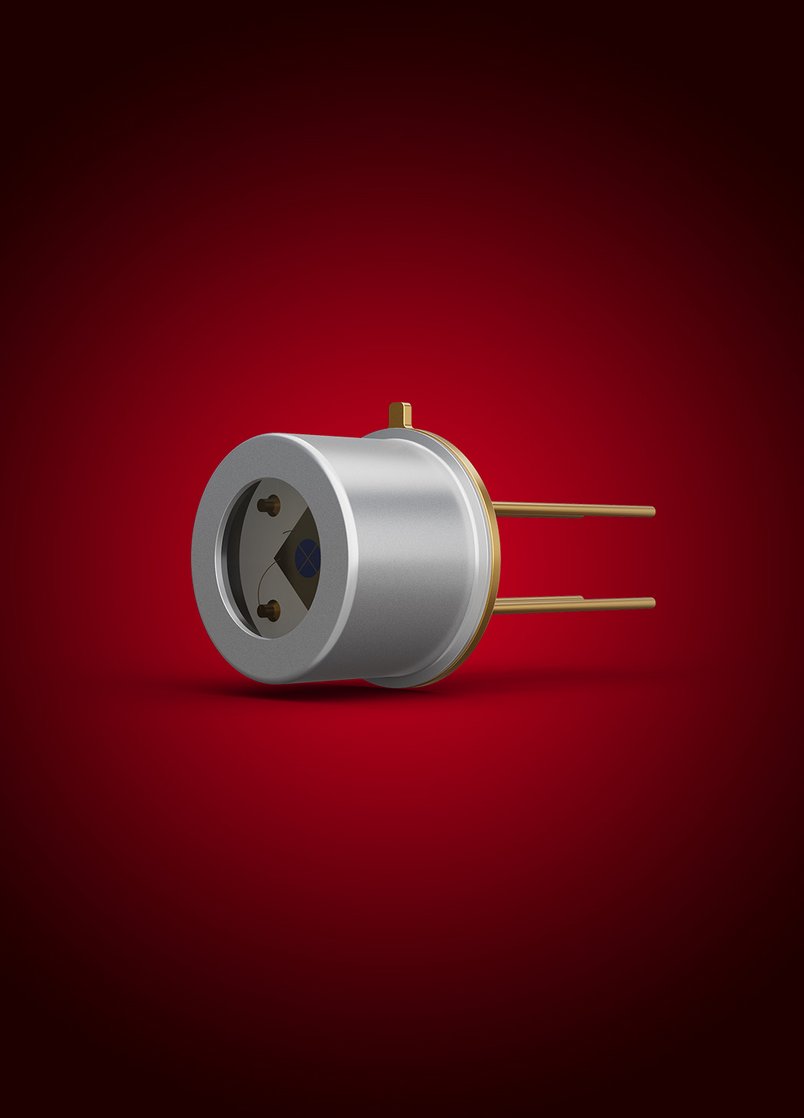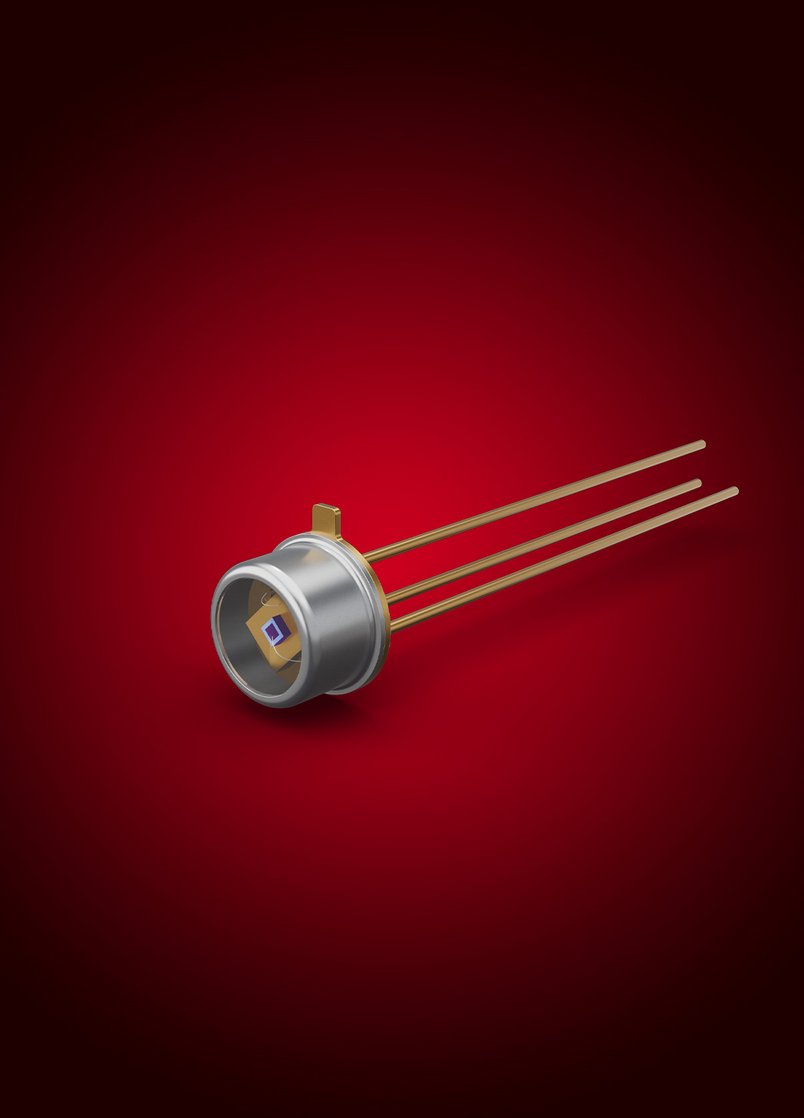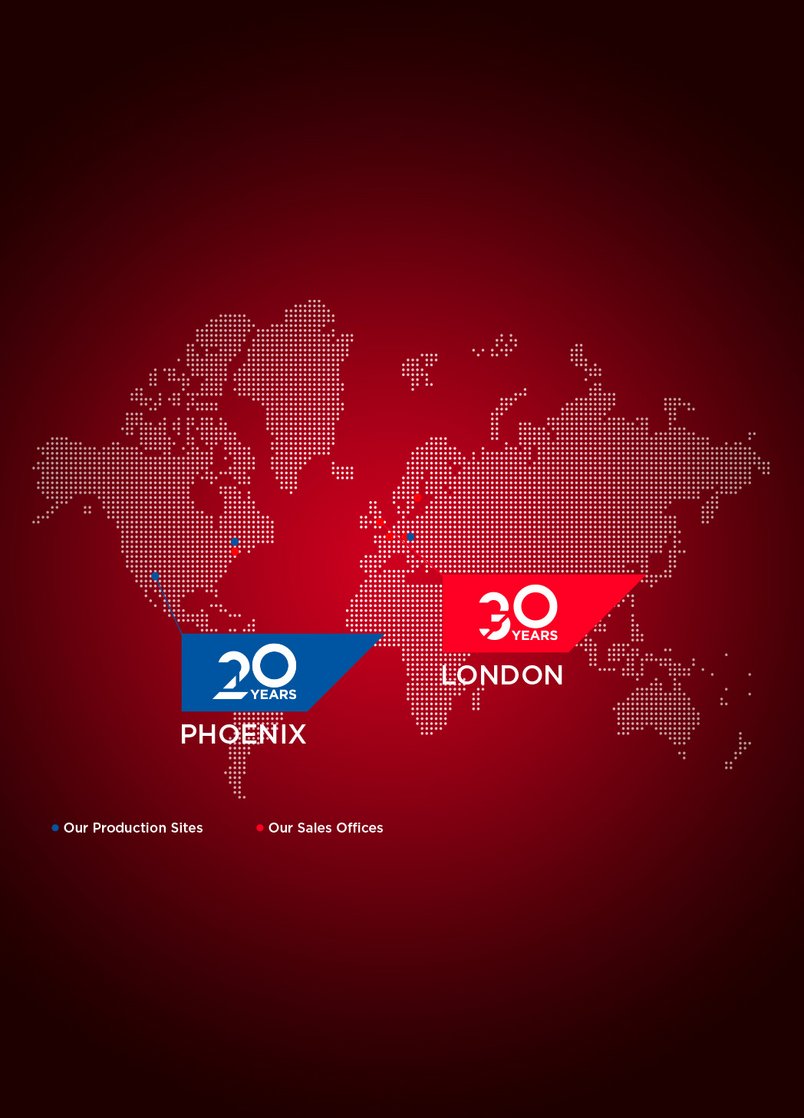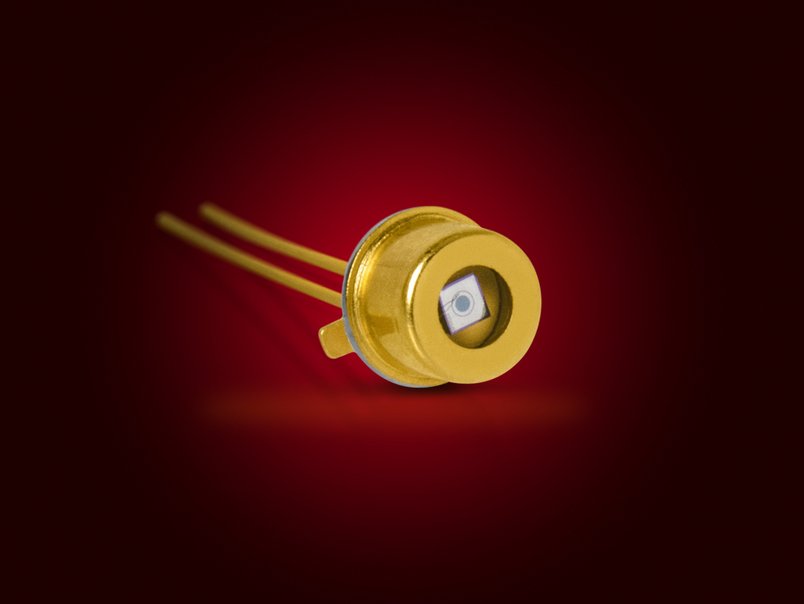Using Components provided by LASER COMPONENTS, a smart student from Lower Saxony developed a method for sorting plastics that could have an effect on the recycling industry. For his project in “Schüler experimentieren” – a popular science competition for German pupils under 15 – Felix Meyer, a student of Osterholz-Scharmbeck Integrated High School, used six IR diodes to distinguish different kinds of plastics. For a sensor, he used an extended InGaAs photodiode (IG22X500S4i) provided by the manufacturer LASER COMPONENTS, from Olching near Munich.
Each kind of plastic absorbs different wavelengths of the infrared spectrum. For almost twenty years, sorting plants have therefore been using spectrometers to determine, which piece of plastic is made of which material. To do so, the objects are irradiated with a mixture of many different wavelengths and the entire reflected light is analyzed using several costly IR spectroscopes. The method developed by Felix is similarly effective, but considerably cheaper: it is limited to six clearly defined IR wavelengths and measures the intensity of reflected radiation. This results in a spectrum of interpolation points characterizing each plastic.
Felix could clearly distinguish eight commonly used types of plastic with his experimental scanner. Meanwhile, his project has earned several awards and the student has even applied for a patent.
“When Felix asked us for a photodiode, we didn’t have to think twice before sending him a free sample”, says Uwe Asmus, product engineer for IR components. “We are quite impressed that his science project deals with such complex topics.”



